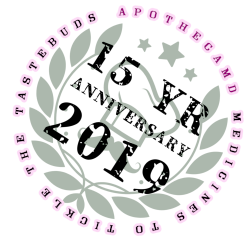Proximate Composition and Fatty Acid Profile of Gilthead Seabream (Sparus aurata) Fed with Pelvetia canaliculata-Supplemented Diets: An Insight towards the Valorization of Seaweed Biomass
Foods. 2023 Apr 27;12(9):1810. doi: 10.3390/foods12091810.
ABSTRACT
Seaweeds are a sustainable source of protein and lipids that may be used to replace fish by-products in aquaculture feed. This study aimed at using the macroalgae Pelvetia canaliculata as an ingredient in gilthead seabream (Sparus aurata) feed, either as freeze-dried powder or as algae residue (waste) that was obtained after the supplementation of sunflower oil. The formulated diets and the fish muscle were analyzed concerning the proximate composition and the fatty acid profile. The health lipid indices hypocholesterolemic/hypercholesterolemic (h/H), atherogenic (AI), thrombogenic (TI), as well as n-3/n-6 and polyunsaturated fatty acid/saturated fatty acid (PUFA/SFA) ratios were calculated. Additionally, the peroxidizability index (PI) was determined. No differences were observed in the proximate composition of fish muscle regardless of the diet used. Fish fed a diet supplemented with 10% of algae waste (W10) stand out for the highest content in oleic acid (C18:1 n-9), and the lowest in both linoleic (C18:2 n-6) and palmitic (C16:0) fatty acids. All fish samples showed values of health lipid indices within the limits recommend for a nutritional balanced diet. These results highlight that fish fed diets supplemented with P. canaliculata are sources of healthy lipids that might be consumed on a regular basis to prevent cardiovascular diseases.
PMID:37174348 | DOI:10.3390/foods12091810
